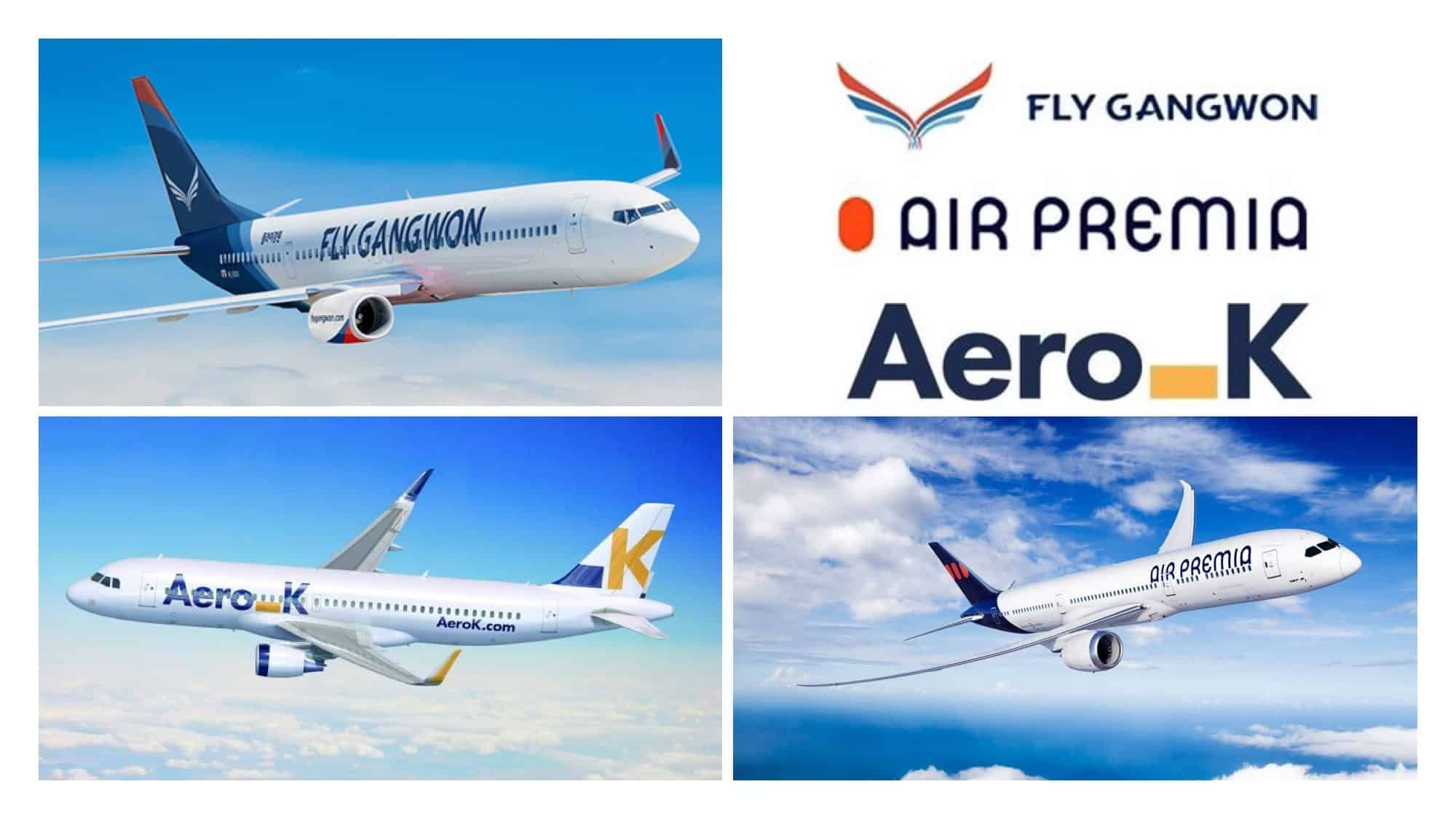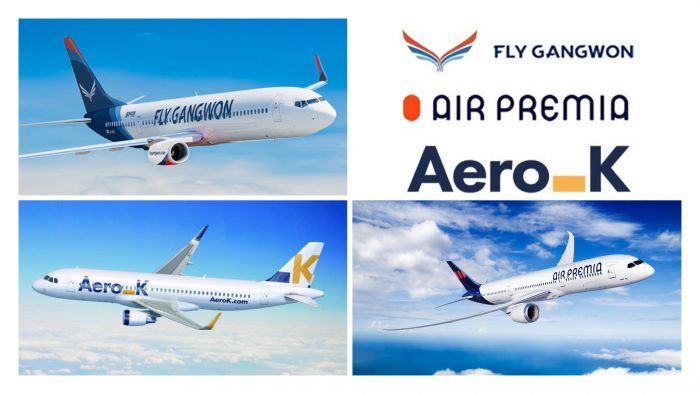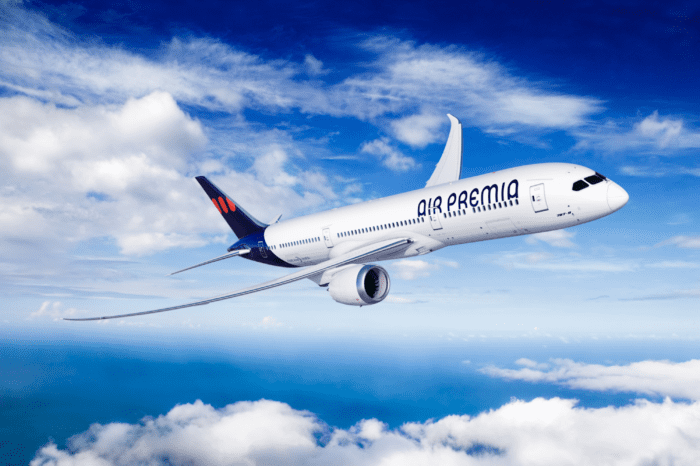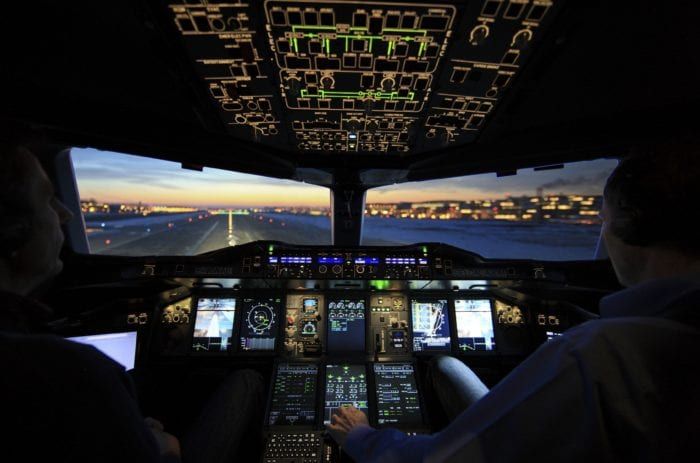It's fantastic news that three new South Korean airlines are entering the market. However, an unexpected side effect of this is a massive pilot shortage in the Asian country, as reported by AINonline.
Read on to find out why being an available pilot in Korea is very good right now.
What are the three new airlines?
The three new low-cost airlines, Air Premia, Aero K, and Fly Gangwon, have all entered the market this year. They expect to dramatically drop prices throughout Korea and its neighbors.
The first of the three, Air Premia, will offer long haul low-cost travel using a fleet of Dreamliners (just like Norwegian). The airline expects to begin long-haul routes from South Korea to Los Angeles and San Jose in 2021. It has also pinpointed Honolulu, Vancouver, Munich, and Cairns as future destinations.
The second, Aero K, plans to operate short range A320 aircraft and has managed to pull together more than $50 million USD to get going. They will start with three brand new A320 aircraft and will expand their fleet by another five A320s by 2021. These aircraft will be deployed initially exclusively between Korea and Japan. Later, they'll move on to China and Vietnam.
The last new airline, Fly Gangwon, will operate a fleet of ex-Norwegian Boeing 737s, and compete in a similar market to Aero K. They are also considering the 737 MAX aircraft.
All three will operate at different hubs to allow as much growth as possible.
In addition to these three new airlines, there are currently six other low-cost-carriers in the market; Jin Air, Air Busan, T’way Air, Air Seoul, Eastar Jet, and Jeju Air. Between them, they control around 55% of the market share. The remaining 45% is controlled by the two full-service carriers, Korean Air and Asiana Airlines.
What are the details?
To start an airline in Korea, you need the following items:
- Authority from the Ministry of Land, Infrastructure, and Transport.
- $13 million USD
- 12 pilots (split equally into six first officers and six captains). If each pair can fly one aircraft, this would mean the startup can operate at a minimum of six aircraft.
- Plus a full training manual.
Understanding this, because all three airlines have so rapidly entered the Korean aviation space they have acted like a giant vacuum cleaner and sucked up all the available pilots. Not to mention that they are also competing with the existing airlines (and their much bigger budgets).
Two other airlines who applied, Air Philip and Guardian Airlines, were not successful.
And it gets worse...
The pilot shortage in China
All of these airlines are also competing with the massive Chinese airlines. These airlines in China can offer incredible pilot compensation packages, starting from $700,000 USD a year and increasing over a few million.
According to AINonline, around 400 Korean pilots are already working in the very lucrative Chinese market and would have to have an incredible offer to return home.
It remains to be seen how these airlines will compete and be able to survive in such a hostile recruiting environment.
What do you think? Let us know in the comments.




